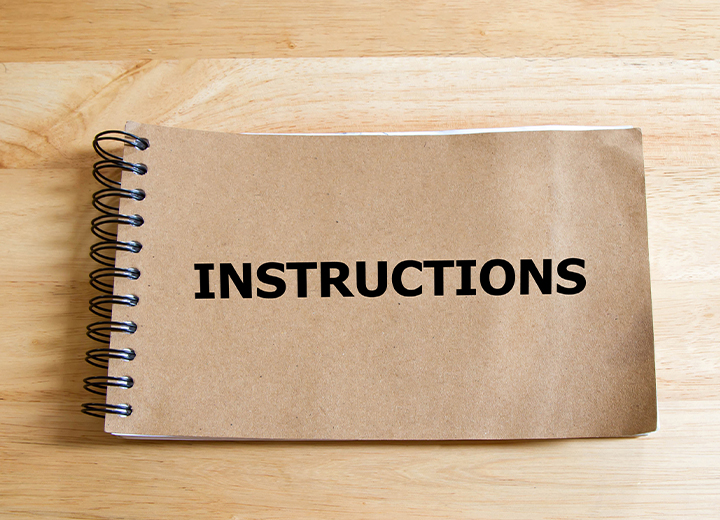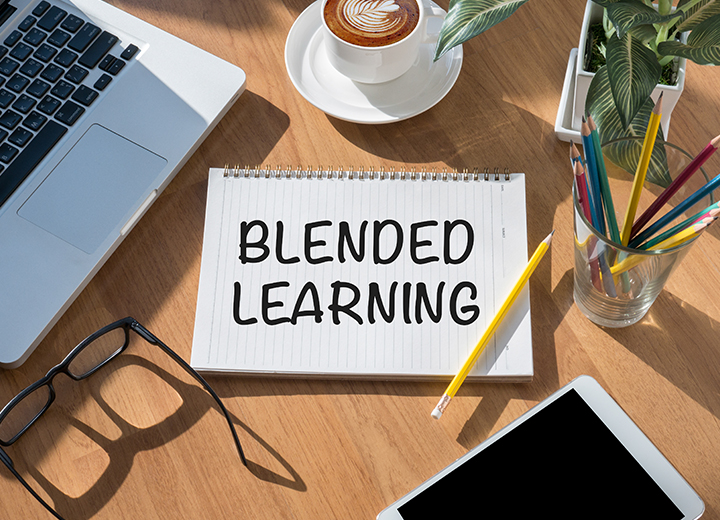In today’s technology-led world, seeking your learner’s attention is easier, but when it comes to engaging them seamlessly, things are quite different. And in a world full of distractions, things tend to become more difficult for learning professionals. So, what’s the plan to deal with the same. Well, the answer is immersive learning.
Immersive Learning, in simple words, is a digital learning concept that employs an artificial or simulated learning environment to create unique learning experiences for the learners. The primary objective behind using this approach is to keep learners unaffected from various distractions and engage the learners effectively in Learning & Development. Here’s everything you need to know about immersive learning and its effectiveness in the educational landscape.
This technology-based learning enables learners to immerse themselves in these highly interactive digital learning environments. Such learning programs make the use of immersive tools like sounds, images, and other elements to give learners a full-fledged sensory experience, causing them to get a real “feel” of the environment. Immersive learning techniques help students to experience, discover and steer real-world subjects and elements virtually.
Apart from improving learner’s attention, immersive learning also helps in motivating learners by letting them take control of the virtual environment. The most remarkable thing about this learning is its high level of interactivity for learners, both physically and virtually.
Immersive learning and experiential learning the same?
No. There is no need to get confused between immersive learning and experiential learning, though both are closely linked. For better understanding, below are the major differences between immersive learning and experiential learning.
Differences between Immersive Learning and Experiential Learning
The Benefits of Immersive Learning
Immersive Learning deals with the increasing distraction encountered by today’s leaners, which averts them from achieving their learning objectives and embracing important new skills. This new type of learning helps learners overcome this situation by using a full-screen player and immersing learners into a pool of media-rich microlearning.
Today, a large number of eLearning players have been using immersive learning as part of a blended learning approach. They dispense immersive content to learners before in-person training “to generate common baseline knowledge” and after in-person training “to promote knowledge retention and application.
Learn without worrying about distractions: With immersive learning, avoid all distractions by immersing learners in an engaging, virtual world.
Focused immersion: As starting a chapter is easy, finishing is not, immersive learning can be used to enable focused attention. The learners get so much involved in virtual simulations so they don’t leave things in-between.
Increased motivation: This learning technique is based on immersing in a real context where learners are motivated to learn in an actual environment simulation.
Personalized learning: Being based on the learner-centric model, this type of learning enables personalized learning. It enables learners to learn at their own pace, as they receive personalized instructions to learn new skills.
Improved knowledge retention: Since there are fewer or no disturbances, learners get a chance to immersed intensively in the learning process, hence, they get more of what they learn.
Technologies used in Immersive Learning
Virtual Reality (VR): Virtual reality programs refer to digital simulations of the actual things. Using VR headsets, learners immerse themselves in pre-set virtual environments to grasp new knowledge.
Augmented Reality (AR): Augmented reality programs involve the placement of virtual objects in real environments and converting it into a digital interface.
Mixed reality (MR): This is a hybrid of both VR and AR, placing virtual objects in a real-world landscape, making virtual interactions seem factual. Mixed reality allows learners to steer through the actual and virtual environments concurrently.
Gamification: Gamification includes the application of game mechanics and graphics to support learning.
Share This Article:
Recent Posts

Understanding the role of instructional design companies in improving learning experiences
Instructional design companies strategize, design, and develop educational experiences to optimize learner success. These companies ensure that lea...
Read More
Blended learning to confront the forgetting curve
With blended learning, you can help learners access information in the format of their choice. You can also give a boost to classroom training, mak...
Read More
5 proven instructional design strategies for effective elearning course development
Instructional design strategies refer to techniques and approaches adopted by eLearning course developers in designing online course content. Here ...
Read More